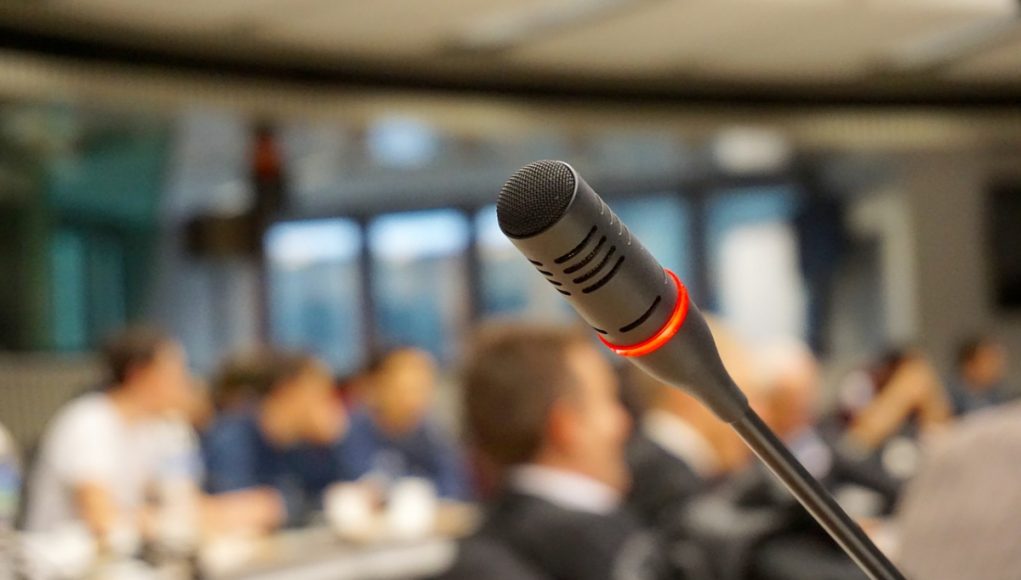Last week a meeting of tobacco regulators under auspices of the FDA-funded WHO Global Tobacco Regulators’ Forum (GTRF) was held in the Netherlands, as part of the preparation for FCTC COP-9, which will also be held in the Netherlands in 2020. Following, are two leaked papers which the WHO is expected to present at the conference, that indicate the WHO’s plans to have vaping products regulated in the same way as regular cigarettes, despite their harm reduction potential.
In a post on his blog page, public health expert Clive Bates, summarized what he refers to as “wretched documents”, as follows:
- “These products should be banned where possible (something WHO does not advise for cigarettes)
- The manufacturers and supply chain should be treated like the tobacco industry and subject to official pariah status under Article 5.3 of the FCTC
- If they are not banned, ‘strong regulation’ should be applied to these products – at least as stringent as cigarettes.”
A former senior civil servant, Bates shared his thoughts on the documents, offering ways with which in his opinion ‘regulators’ attending the conference should respond to these papers.
“1. Policy rationale. What problem are these policy positions are supposed to address? While WHO says tobacco kills about 8 million per year – these are overwhelmingly deaths caused by smoking – and it is this gruesome toll that justifies the FCTC and control on tobacco. There is no evidence of commercially produced vaping or heated tobacco products killing anyone on any material scale. So what is the policy rationale for intervention? It seems to be that some of these products are produced by the tobacco industry. WHO has never had clarity on its goals: see Who or what is the World Health Organisation at war with (2016)
2.Justification of proposals. To what extent does the paper justify any measures it proposes. The answer is: “the papers provide no justification at all for any of the measures proposed“. The measures follow from an undeclared and unjustified policy purpose to create the most hostile regulatory environment possible. If I was still a civil servant and I received these, I would return them with a polite note saying that I think the memorandum justifying the proposals had been lost in the post.
3. The threat of unintended consequences. The killer problem, literally and figuratively, for these measures is the issue of harmful unintended consequences. Such consequences are obvious and foreseeable once you accept even the possibility that these products are much lower risk than smoking and that they can substitute for smoking in the way people consume nicotine. There is plenty of evidence to support these contentions and no credible evidence to deny them.
4. Transparency and consultation. What did they do to seek input and refine the information is the light of stakeholder knowledge are groups, such as consumers, who could be adversely affected? The answer appears to be “nothing at all”. No-one should be making policy with life-or-death consequences without extensive consultation.
5. Monitoring, evaluation and governance. What if the advice in these papers is wrong and causes harm? What is the process to monitor effects, check for unintended consequences, change the advice and to be accountable for harms caused?”
More on unintended consequences
I would like to draw the GTRF participants attention to the most important of these, the risk that doing what WHO EMRO suggests will cause more harm and that this harm will be attributable to regulators through the imposition of bad policies. In 2016, the Royal College of Physicians (London) set out this problem:
A risk-averse, precautionary approach to e-cigarette regulation can be proposed as a means of minimising the risk of avoidable harm, eg exposure to toxins in e-cigarette vapour, renormalisation, gateway progression to smoking, or other real or potential risks.
However, if this approach also makes e-cigarettes less easily accessible, less palatable or acceptable, more expensive, less consumer friendly or pharmacologically less effective, or inhibits innovation and development of new and improved products, then it causes harm by perpetuating smoking. Getting this balance right is difficult.
Royal College of Physicians (London) Nicotine without smoke: tobacco harm reduction 28 April 2016 [link] Section 12.10 page 187
So is there any sign of any effort to ‘get this balance right’? No there is nothing here, not even an acknowledgement that there is a balance to get right. Let me give four examples of possible unintended consequences:
- Banning ENDS advertising is like banning anti-smoking advertising – it is a regulatory protection of the harmful incumbent product (cigarettes) from competition from an much better entrant (vaping and heated tobacco product). Why protect the cigarette trade?
- Banning vaping in public places may drive some users back to smoking or make switching from vaping to smoking less attractive
- High taxes on vapour or heated tobacco products reduces the financial incentive to switch away from smoking and destroys an important rationale for low-income or otherwise disadvantaged smokers to both improve their health and save money.
- Harsh warnings or plain packaging can imply much greater risk than there actually is and therefore distort personal risk decision-making of nicotine consumers in a way that favours smoking and causes more disease and premature death.
Suggested additional reading and paper for circulation for the GTRF: I have discussed a wider range of possible unintended consequences in this longer document: Plausible unintended consequences of excessive regulation of low-risk nicotine products.
I hope this paper on unintended consequences can be circulated as a paper at the Global Tobacco Regulators’ Forum.
We have become used to WHO being absolutely clueless at the basic policy-making disciplines, but these papers take that to a new, lower level. WHO tried something like this before (see: WHO plans e-cigarette offensive from 2014) and, thankfully, were driven back. But this time they are doing more to promote their idea well in advance of the COP and also lined up the argument with the Bloomberg-funded WHO report on the global tobacco epidemic 2019 (see pages 47, 52-57 in the PDF), which was a collection of evidence-free assertions about tobacco-harm-reduction.
Public health and efforts to reduce the burden of non-communicable disease are very poorly served by Bloomberg-funded WHO.”












